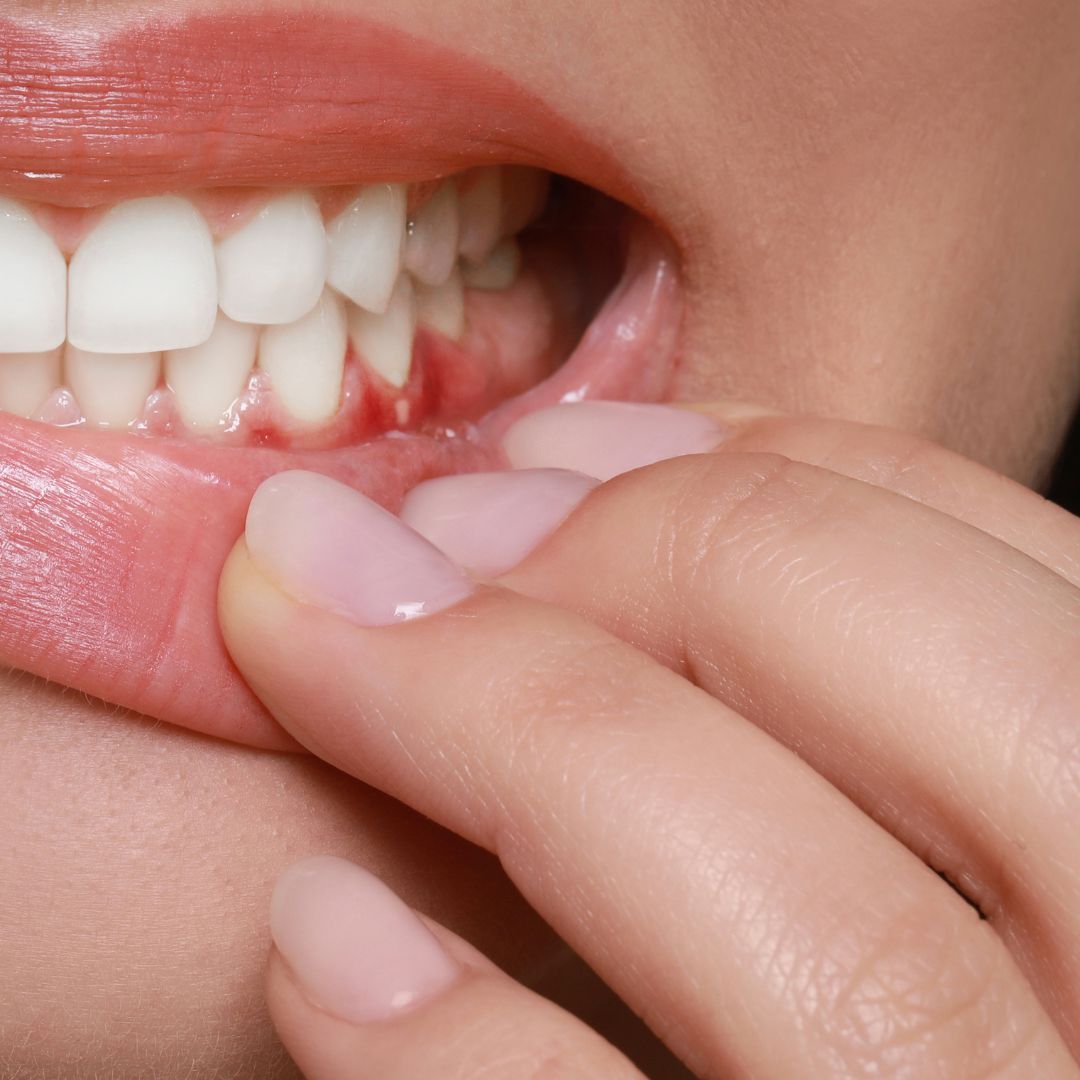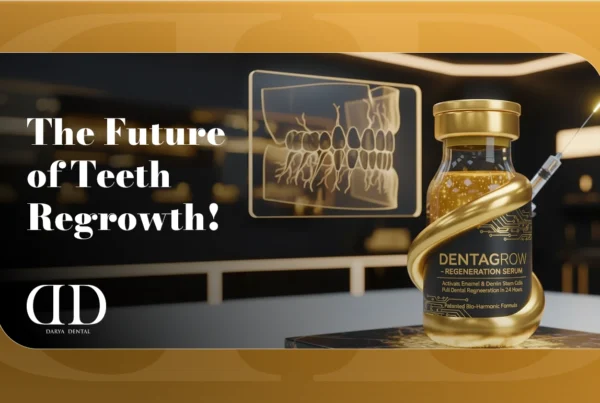
What Is a Dental Abscess?
A dental abscess is a pocket of pus caused by a bacterial infection in different parts of a tooth or gums. These painful conditions develop when bacteria invade the dental pulp—the soft inner part of the tooth containing blood vessels, nerves, and connective tissue.
There are three main types of dental abscesses:
- Periapical abscess: Occurs at the tip of a tooth’s root
- Periodontal abscess: Develops in the gum tissues next to a tooth root
- Gingival abscess: Forms in the gum tissue not involving the tooth
Common Symptoms
- Severe, persistent, throbbing toothache
- Sensitivity to hot and cold temperatures
- Pain when chewing or biting
- Swelling in the face or cheek
- Tender, swollen lymph nodes under the jaw
- Fever
- Bad breath or foul taste in the mouth
Primary Causes of Dental Abscesses
Poor Dental Hygiene
The most common cause of dental abscesses worldwide is inadequate oral hygiene. When plaque—a sticky film of bacteria—builds up on teeth, it produces acids that erode tooth enamel, leading to cavities. If left untreated, these cavities can extend deep into the tooth, allowing bacteria to infect the pulp.
Previous Dental Work
Poorly performed dental procedures or complications from dental work can sometimes lead to infections. Leaking fillings or crowns may allow bacteria to penetrate deeper into the tooth structure.
Dental Trauma
Injuries to teeth, such as cracks, chips, or fractures, create pathways for bacteria to enter the dental pulp. Even minor trauma that may go unnoticed can lead to an abscess months or years later.
Medical Conditions
Certain medical conditions that compromise the immune system, such as diabetes, autoimmune disorders, or cancer treatments, can make individuals more susceptible to dental infections.
Regional Dietary Habits Contributing to Dental Abscesses
| Region | Dietary Pattern | Details | Impact |
|---|---|---|---|
| United States | High Sugar Consumption | • Americans consume ~17 teaspoons of added sugar daily • Common sources include: – Sugary sodas and energy drinks – Processed snack foods – Desserts and candy – Sweetened coffee drinks |
Creates ideal environment for cavity-causing bacteria |
| United States | Fast Food Culture | • High sugar content in sauces and bread • Acidic beverages served with meals • Limited nutritional value |
Weakens dental health and promotes decay |
| United Kingdom | Tea Drinking Habits | • Multiple cups consumed daily • Sugar frequently added to tea |
Significant contribution to daily sugar intake |
| United Kingdom | Acidic Foods and Drinks | • Vinegar on fish and chips • Fruit-based desserts • Carbonated drinks • Alcoholic beverages (particularly cider) |
Erodes tooth enamel, creating entry points for bacteria |
| Mediterranean European Countries | Healthier Dietary Patterns | • Lower sugar consumption • Olive oil and vegetable-rich diets • Less processed food |
Generally lower rates of dental abscesses |
| Northern European Countries | Higher Risk Consumption | • Candy and chocolate (especially in Scandinavia) • Acidic foods • Carbonated beverages |
Increased risk of dental decay and abscess formation |
| Eastern European Countries | Westernizing Diet | • Greater consumption of processed foods • Higher sugar intake • Less emphasis on preventive dental care |
Rising rates of dental problems including abscesses |
Other Regional Factors Contributing to Dental Abscesses
Healthcare Access
United States
- Approximately 74 million Americans lack dental insurance
- High cost of dental care may lead to delayed treatment
- Rural areas face shortages of dental professionals
United Kingdom
- NHS provides basic dental coverage, but:
- Finding NHS dentists can be challenging in some regions
- Waiting lists can delay necessary treatment
- Some treatments require private payment
European Countries
- Varying healthcare systems:
- Northern European countries generally have better access
- Southern and Eastern European regions may have limited dental care infrastructure
- Economic disparities affect treatment access
Cultural Attitudes Toward Dental Care
Different cultural perspectives influence preventive dental care:
- Emphasis on cosmetic procedures versus preventive care
- Varying attitudes toward regular dental checkups
- Different thresholds for seeking treatment for dental pain
Prevention Strategies
Maintaining Good Oral Hygiene
- Brush teeth twice daily with fluoride toothpaste
- Floss or use interdental cleaners daily
- Use antimicrobial mouthwash
- Replace toothbrushes every 3-4 months
Dietary Modifications
- Limit sugary foods and drinks
- Reduce acidic beverage consumption
- Increase intake of calcium-rich foods
- Drink plenty of water, especially after consuming acidic foods
Maintaining Good Oral Hygiene
- Brush teeth twice daily with fluoride toothpaste
- Floss or use interdental cleaners daily
- Use antimicrobial mouthwash
- Replace toothbrushes every 3-4 months
Dietary Modifications
- Limit sugary foods and drinks
- Reduce acidic beverage consumption
- Increase intake of calcium-rich foods
- Drink plenty of water, especially after consuming acidic foods
Regular Dental Checkups
- Visit dentists for professional cleanings every 6 months
- Address dental problems promptly
- Consider preventive treatments like sealants
Treating Existing Dental Issues
- Don’t ignore tooth pain or sensitivity
- Get cracked or chipped teeth repaired promptly
- Maintain and monitor previous dental work
Treatment Options
Drainage
The primary treatment for an abscess is draining the pus pocket. This may involve:
- Making a small incision in the abscess
- Performing root canal therapy
- Extracting the affected tooth in severe cases
Antibiotics
Antibiotics may be prescribed, particularly when:
- The infection has spread beyond the abscess site
- The patient has a weakened immune system
- There is significant facial swelling
Pain Management
Over-the-counter or prescription pain medications help manage discomfort while the infection resolves.
Follow-up Care
After initial treatment, follow-up care is essential to:
- Ensure complete resolution of the infection
- Prevent recurrence
- Address any underlying dental issues
When to Seek Emergency Care
Seek immediate medical attention if you experience:
- Facial swelling
- Difficulty swallowing or breathing
- High fever
- Severe pain unrelieved by over-the-counter medications
FAQs
How quickly can a dental abscess develop?
An abscess can develop in a matter of days once bacteria reach the dental pulp, especially if the immune system is compromised.
Can stress cause dental abscesses?
Stress itself doesn't directly cause abscesses, but it can weaken the immune system and lead to teeth grinding, which may damage teeth and create entry points for bacteria.
Is a dental abscess contagious?
The abscess itself is not contagious, but the bacteria causing it can potentially spread to others through saliva.
Can children get dental abscesses?
Yes, children can develop dental abscesses, often due to untreated cavities or dental injuries.
How long does it take to recover from a dental abscess?
With proper treatment, pain usually subsides within 1-2 days, but complete healing may take 1-2 weeks.
Can I pop a dental abscess myself?
No, attempting to pop an abscess yourself can spread the infection and cause serious complications. Always seek professional dental care.
Will antibiotics alone cure a dental abscess?
Antibiotics may temporarily reduce symptoms but rarely eliminate the infection completely without drainage or addressing the underlying cause.
Can a dental abscess affect my overall health?
Yes, untreated dental abscesses can lead to serious complications including sepsis, Ludwig's angina, and in rare cases, brain abscesses or heart infections.
How can I tell the difference between a regular toothache and an abscess?
An abscess typically causes severe, persistent, throbbing pain, often accompanied by swelling, fever, and a foul taste. Regular toothaches are usually less severe and more intermittent.
References
- Siqueira JF, Rôças IN. Microbiology and treatment of endodontic infections. In: Cohen’s Pathways of the Pulp. 12th ed. Mosby; 2021:599-628.
- Lamont RJ, Koo H, Hajishengallis G. The oral microbiota: dynamic communities and host interactions. Nature Reviews Microbiology. 2018;16(12):745-759. doi:10.1038/s41579-018-0089-x
- World Health Organization. Sugars intake for adults and children: Guideline. Geneva: WHO; 2015. Available at: https://www.who.int/publications/i/item/9789241549028
- Bernabé E, Marcenes W, Hernandez CR, et al. Global, Regional, and National Levels and Trends in Burden of Oral Conditions from 1990 to 2017. Journal of Dental Research. 2020;99(4):362-373. doi:10.1177/0022034520908533
- Pitts NB, Zero DT, Marsh PD, et al. Dental caries. Nature Reviews Disease Primers. 2017;3:17030. doi:10.1038/nrdp.2017.30
If you have any further question please contact our experts for free. Darya Dental Clinic Istanbul Turkey






